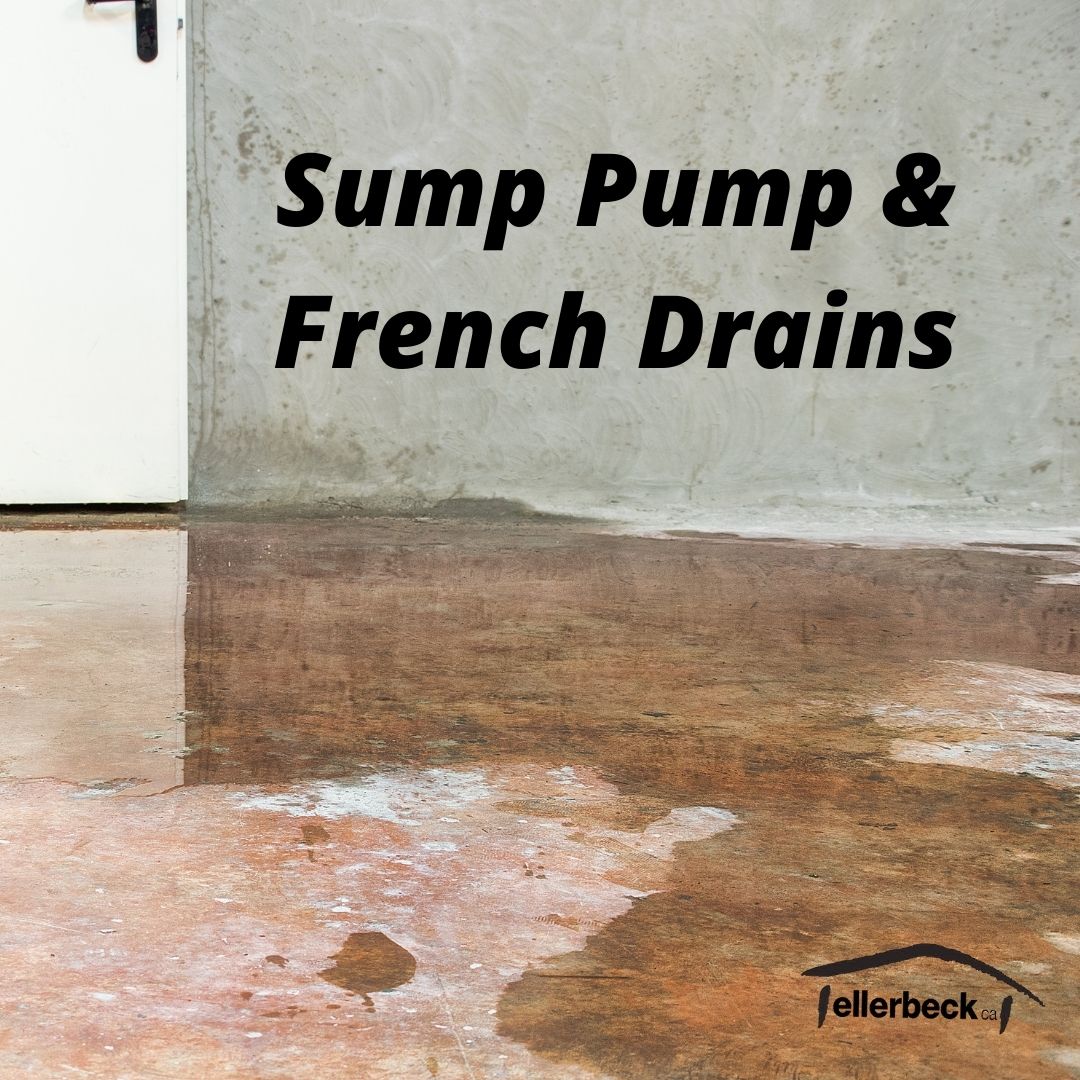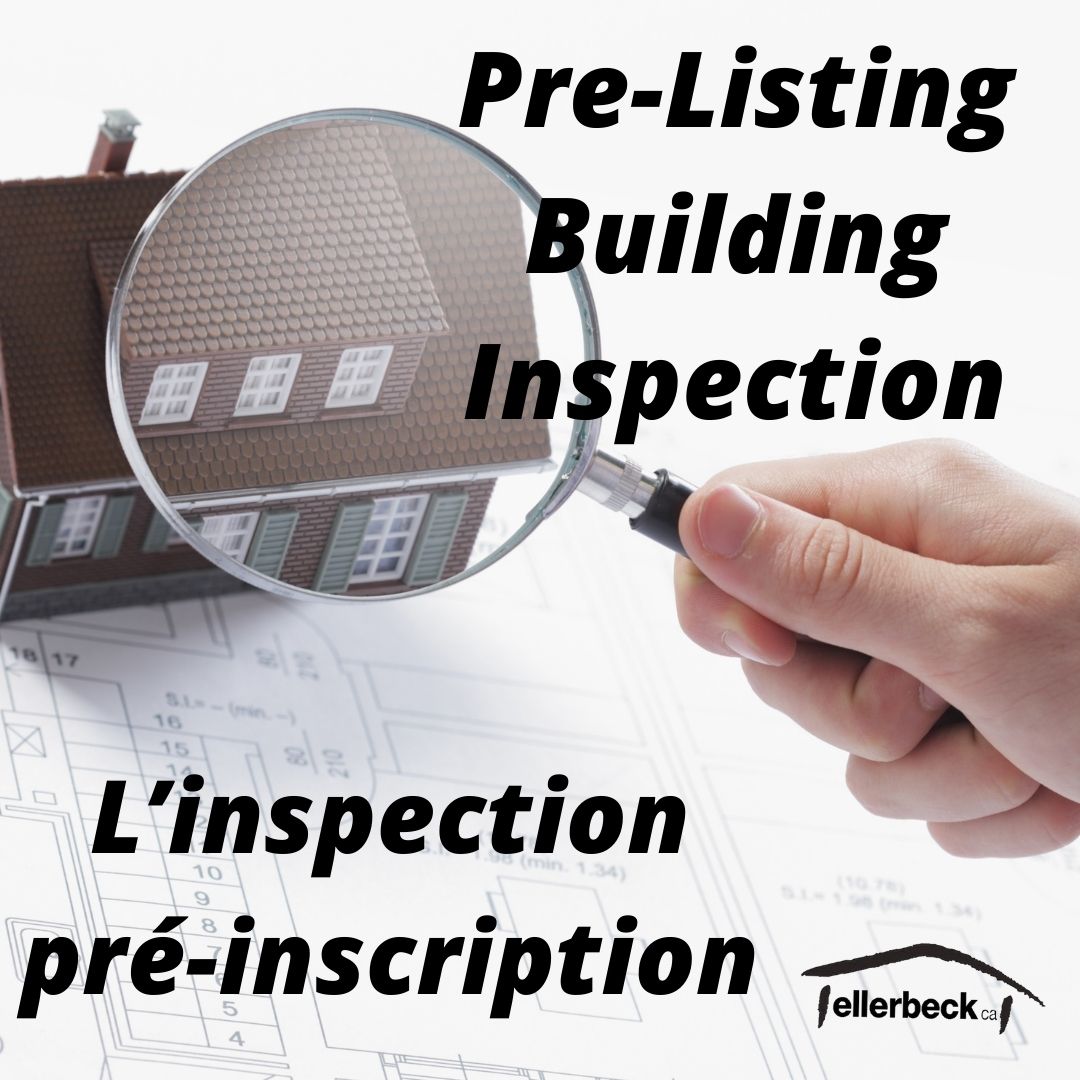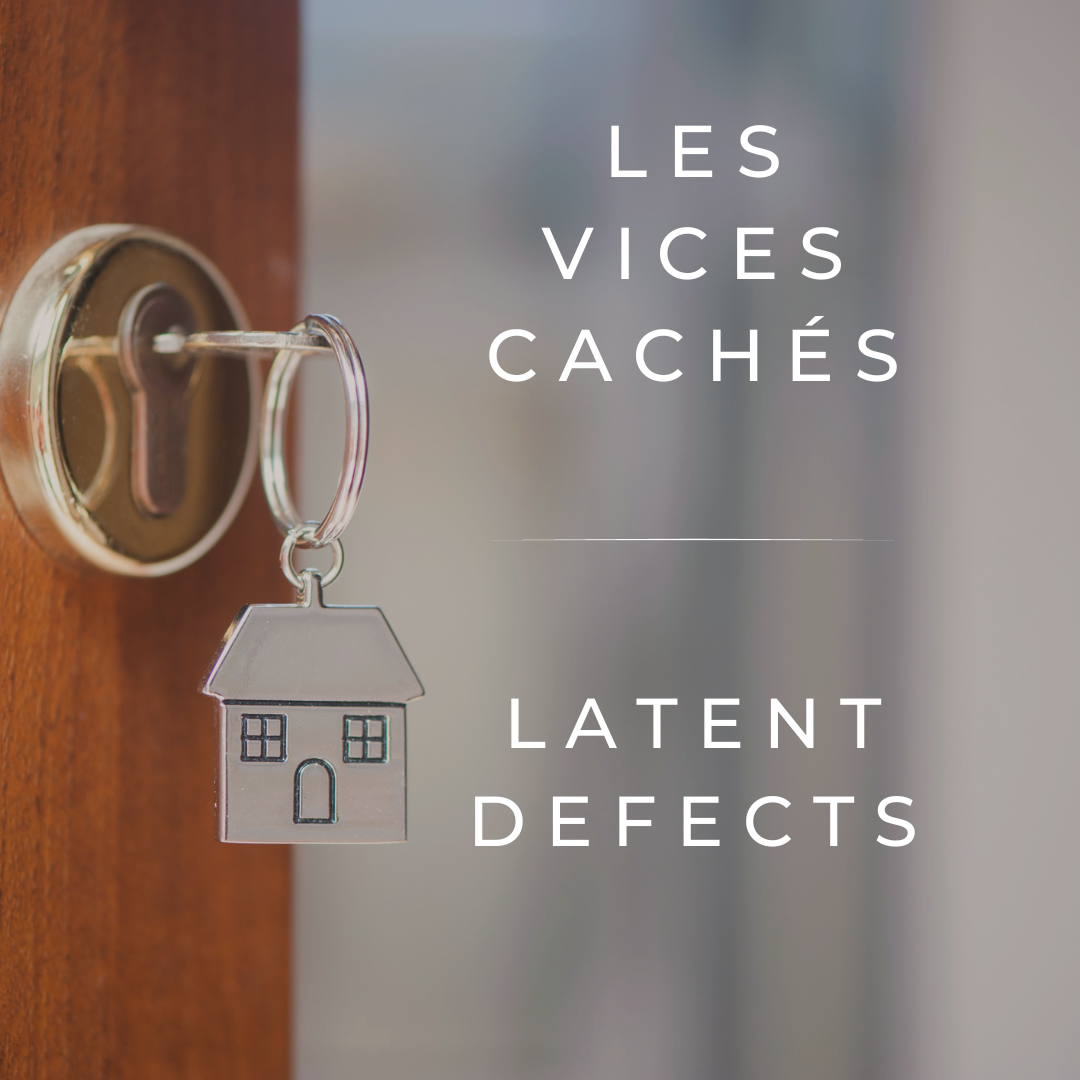Growing up around horses, I often heard the expression “no hoof, no horse”. Essentially, it means that you have to take good care of your horse’s hooves or it will become lame and you’ll have no horse to ride. The same goes for houses: the foundation of a home must be solid and protected. If you don’t look after it properly, you may be putting your house at risk.
Water is one of a house foundation’s biggest enemies. Ground water and rain water will look for the lowest point and that would be the big hole in the ground where your basement is. Water pressing up against the foundation will eventually find a way in and the concrete will crack under pressure. As much as possible, homebuilders take steps to prevent water from damaging foundations. The most common way is by installing French drains.
French drains are wide drain pipes that surround the exterior foundation of the house. They are perforated to let water seep in and they rely on gravity to draw the accumulated water into the sump pump pit in your basement. Once the water in the pit reaches a certain level, the pump activates and flushes the water back out of the house and into the ditch.
So, in reality, we’re bringing the outside water in and the pumping it back out again. I know what you’re thinking: why bring it in the house? Why not have an outdoor pit? I wondered the same thing. There are outdoor pits, but they’re usually secondary pits for homes that have ongoing water issues. An outdoor pit is much more expensive to install and much harder to access for regular maintenance than a basement pit is. They need to be quite deep and so they’re usually only used in areas with very high water tables.
As a homeowner, you’ll hear your sump pump go off from time to time, especially during the spring or after heavy rains. The frequency will depend on your home. Some homeowners have sump pumps that run every day, others only once in a while. The important thing is that your pump is doing what it was meant to do – getting the water out of your house!
What if my sump pump pit is dry?
Occasionally homes will have dry sump pump pits, even in the spring thaw. This could mean that the house was built on sand or on a hill, where water is less of an issue. Newer homes often have French drains that are gravity drained directly into the ditch. If this is the case for your house, make sure to check the exit pipe from time to time to make sure the water is flowing well. Older homes may have been built before French drains were standard, or may have drains that have become blocked or crushed over time.
It’s in your best interest to make sure that your French drains and your sump pump are in good working order. Because we live in an area with a high water table, many insurance companies no longer cover damage caused by water infiltration, which can mean high repair costs for homeowners who have water issues.
Protecting yourself when buying a home with a sump pump
On the Vendor’s Declaration form, one of the questions the seller must answer is how often does the sump pump go off? If the answer is mainly during spring thaws and heavy rains, you can be reasonably certain that the drain system is working properly. However, if the answer is daily, then you know the house is in an area with a high ground water table. Is this something that would stop me buying the house? No. If there were no signs of a damaged foundation from water pressure and the humidity level was low, it wouldn’t stop me from buying. In fact, I bought my own house knowing the sump pump operates daily. I made sure there was a backup battery sump pump in case the main one stopped working or the power was out. I also have a generator in case we lose power for long periods of time. My basement is finished and dry. I do check every time there is a power outage that my backups are working properly!
However, if the water in the sump pump pit is a reddish colour, I would put on the breaks and do further investigations. Red water or a reddish jelly-like sludge in sump pump pits and street ditches indicates the presence of ferrous ochre, which is a mineral that hardens when it dries and that can block French drains. I will write a separate post on this as it can be a serious issue if the homeowner doesn’t do maintenance cleaning of the French drains. Just know that, handled properly, it can be controlled.
According to the building code of Quebec, every home should have a sump pump pit 0.25 m2 wide and 750m m deep. In addition, the pit should have an airtight, childproof cover. Most pits I see don’t have air tight covers. It’s a fairly new regulation, so we are only seeing them in newer construction. It makes sense to keep the humidity out of the basement, it’s just harder to check the pump is functioning properly.
So when visiting homes, check the Vendor’s Declaration for the frequency of the pumping and if there is evidence of ferrous ochre. Then have a look into the pit, if you can, to verify the colour of the water and size of the pit.
Make sure the hoof of the horse is sound!
For more information;
Information made available in this guide in any form is for information purposes only. It is not, and should not be taken as, legal advice. It is not in any circumstances a substitute for the advice or services of a notary or lawyer. You should not rely on, or take or fail to take any action based upon this information. Never disregard professional legal advice or delay in seeking legal advice because of something you have read on this website.








